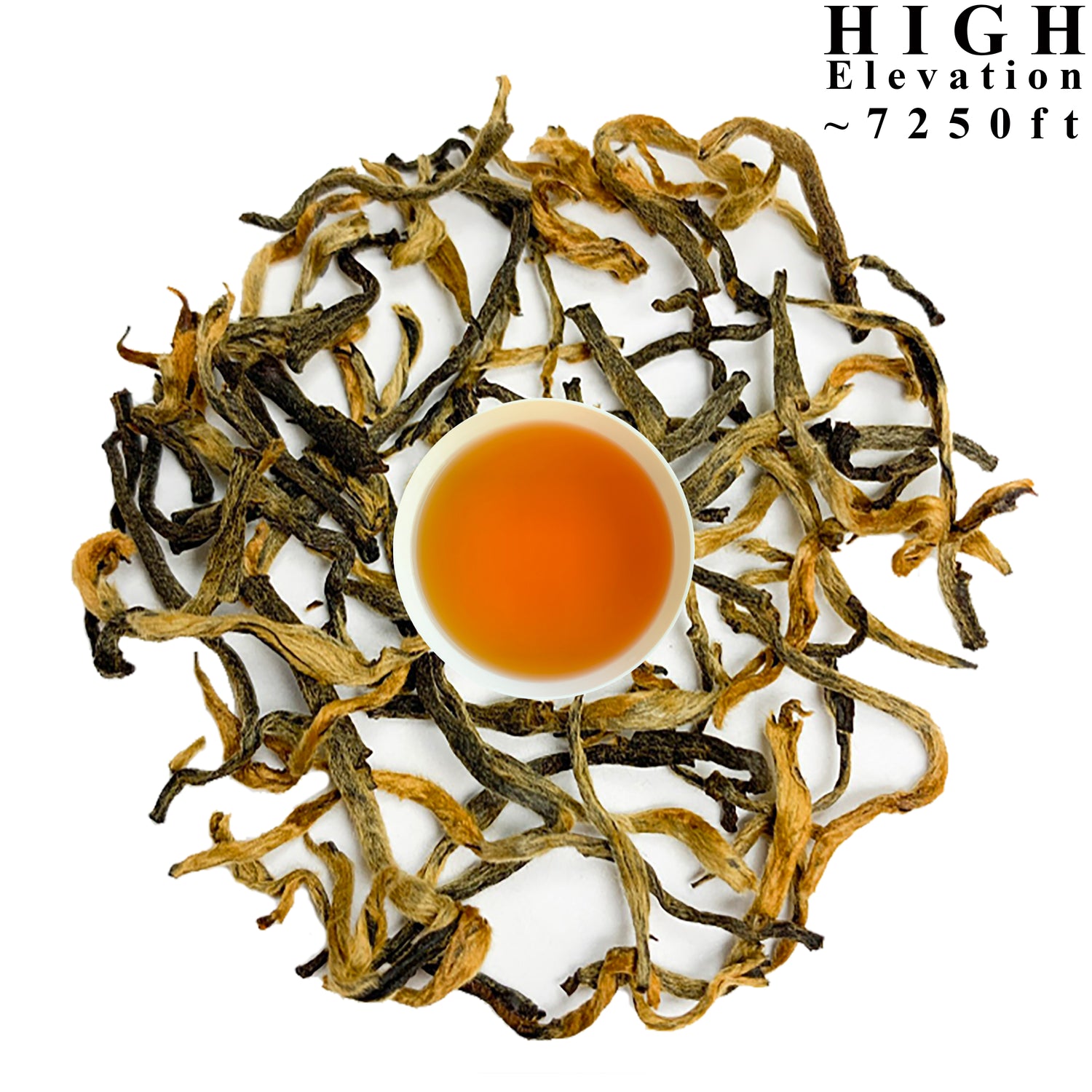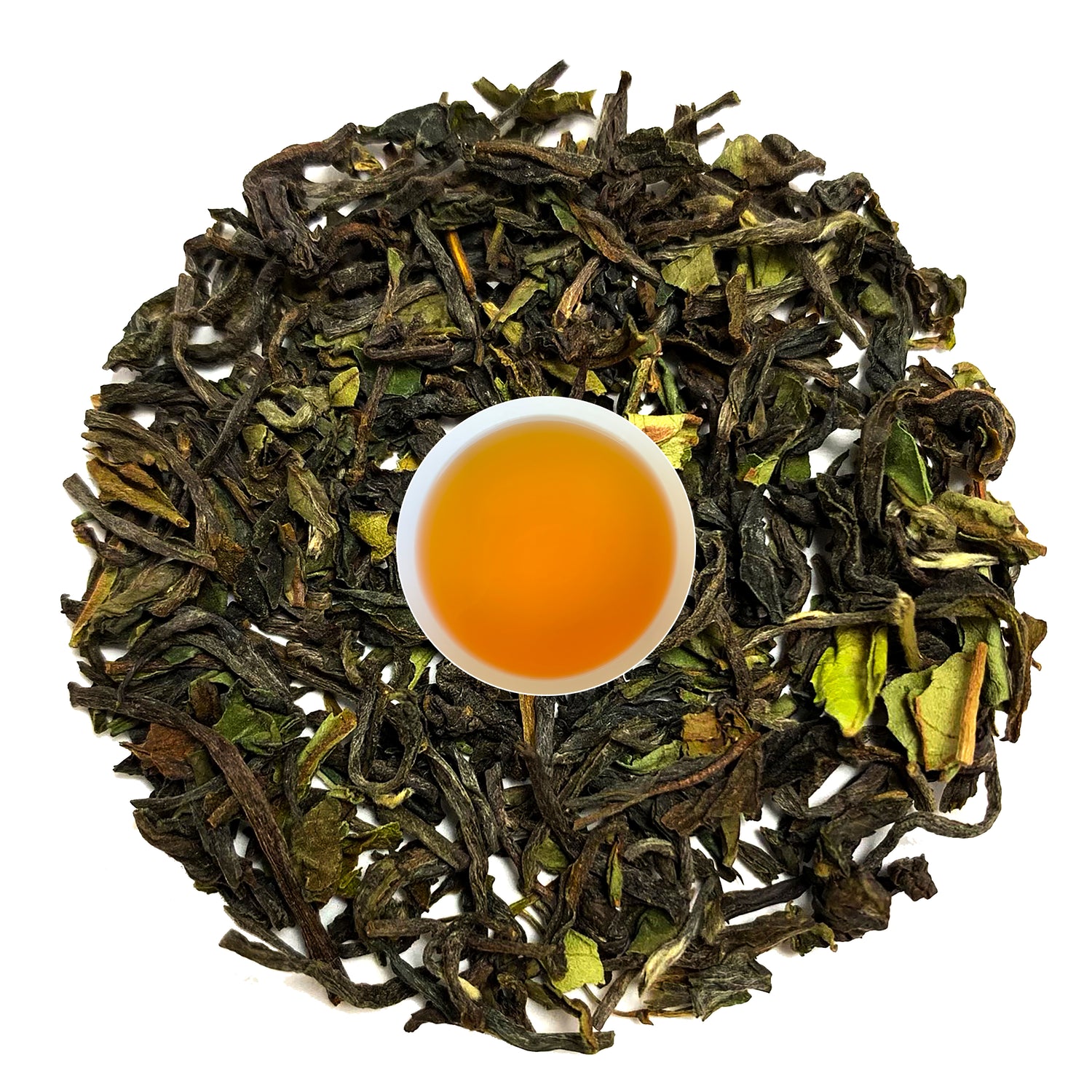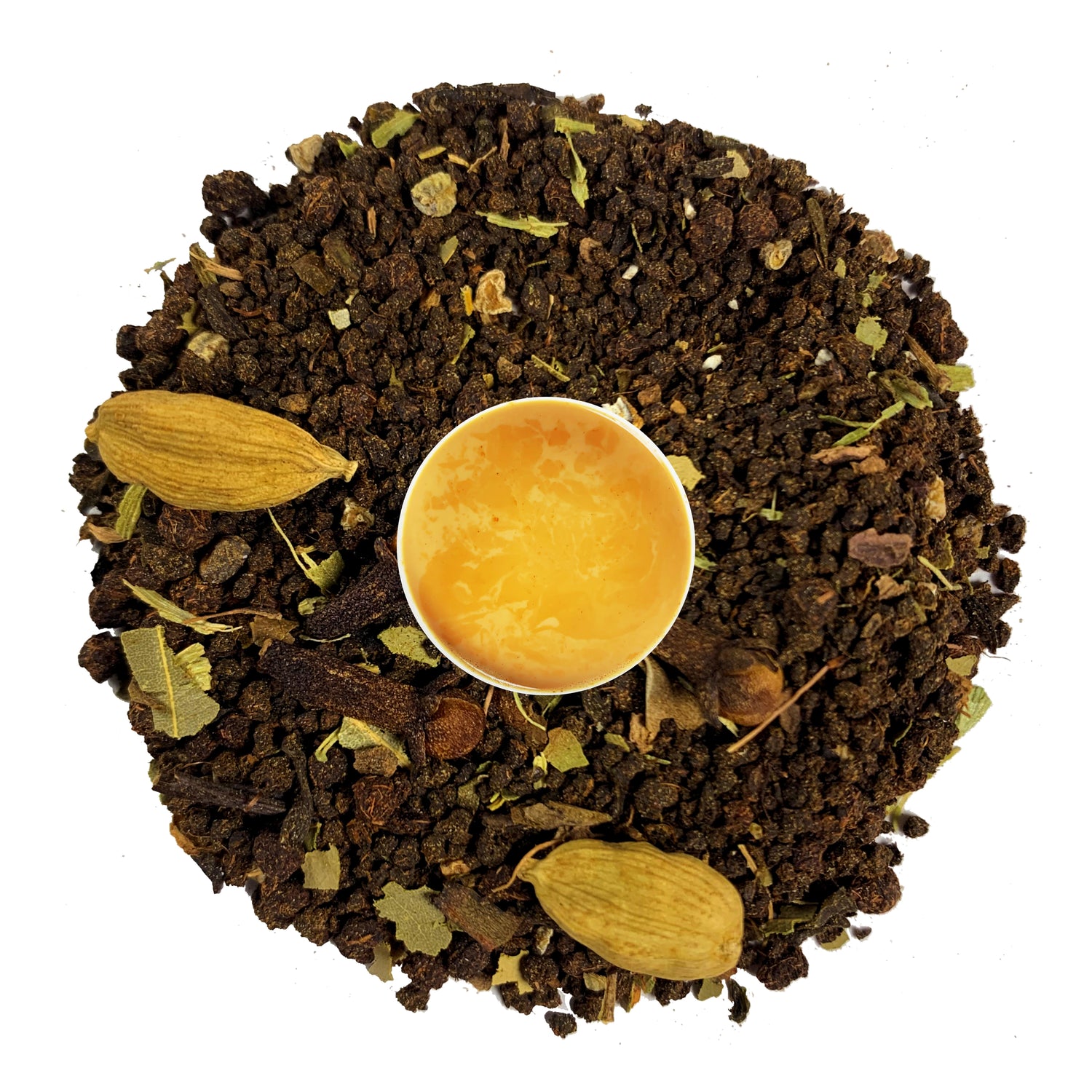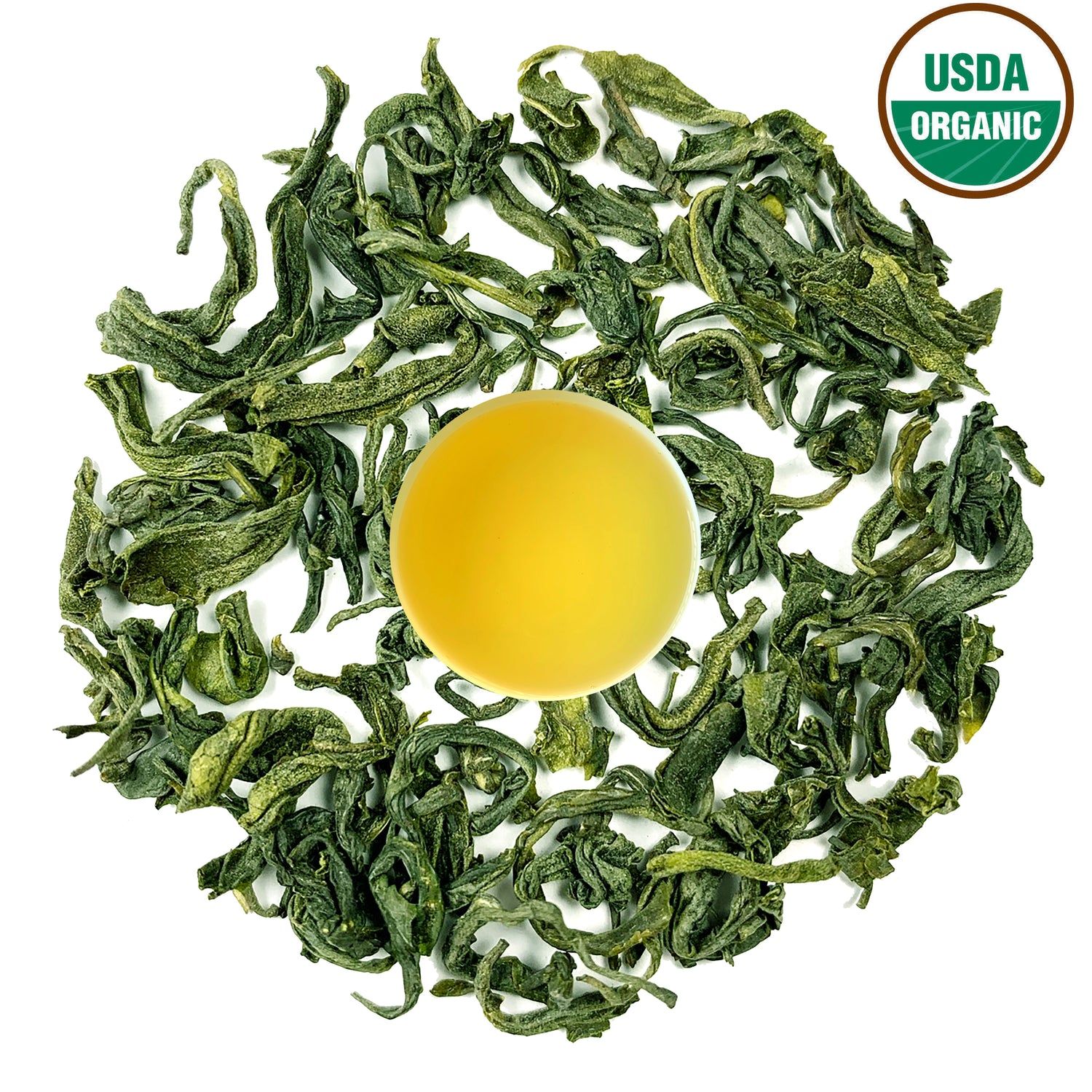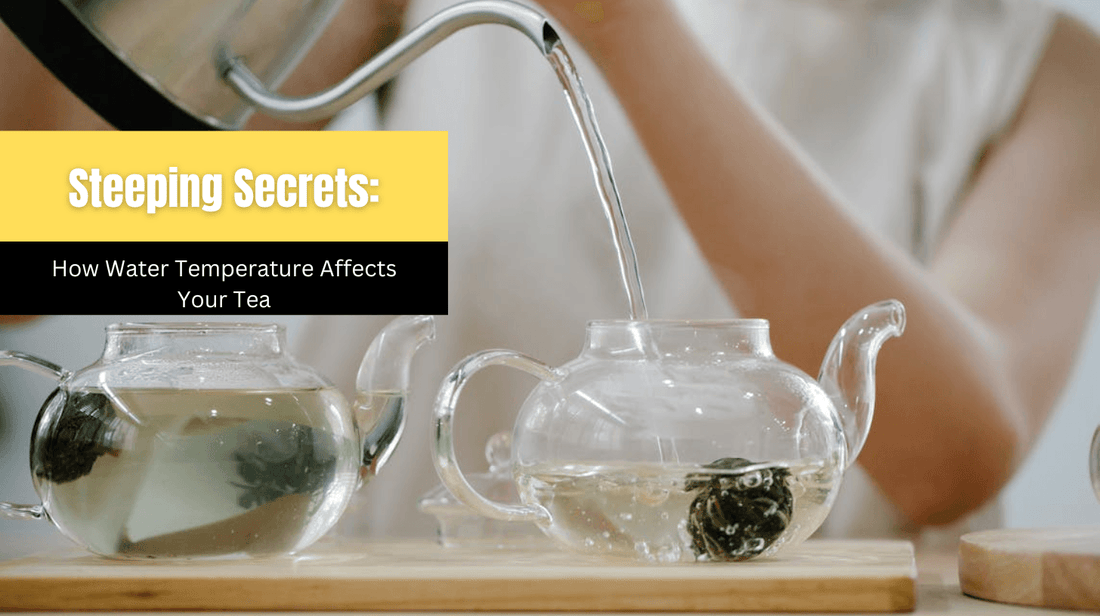
Steeping Secrets: How Water Temperature Affects Your Tea
Introduction: Why Temperature Matters in Tea Brewing
Ever brewed a cup of green tea that tasted bitter? Or black tea that felt too weak? The culprit could be the water temperature. Steeping tea isn’t just pouring hot water over leaves—it’s a delicate science. The right temperature draws out the best flavors and nutrients. The wrong one? It ruins them.
Let’s explore how different teas react to temperature and how to master the art of steeping at home.
1. Green Tea: Keep It Cool and Calm (160°F–180°F / 70°C–80°C)
Green tea is delicate and easily burned. When scalded with boiling water, it turns bitter and loses its antioxidants. Steep it between 160–180°F for 1–3 minutes.
Pro Tip:
Let boiling water sit for 2 minutes before pouring over green tea leaves.
Perfect for:
- Mt. Pumori Best Green Tea (Certified Organic)
- Nepal Green Tea Leaves
-
Nepal Jasmine Green Tea
Buy: Danfe’s Herbal Teas
2. White Tea: Low and Slow (160°F–185°F / 70°C–85°C)
White tea is the most delicate of all teas. It needs low heat to slowly release its floral, slightly sweet notes. Avoid bitterness by using cooler water and steeping for longer (3–5 minutes).
Perfect for:
- Himalayas Best White Tea
-
Silver Needle Tea
3. Black Tea: Boil and Bold (200°F–212°F / 93°C–100°C)
Black tea thrives in hot water. Full boiling temperature helps it release its bold flavor, rich color, and stimulating caffeine. Steep for 3–5 minutes, depending on your taste.
Perfect for:
-
Lam Loose Leaf Black Tea
-
Mt. Pumori Organic Black Tea
-
Rose Black Tea
-
Shangri-La Golden Tips Tea
Buy: Danfe’s Black Teas
4. Oolong Tea: In the Middle Zone (185°F–205°F / 85°C–96°C)
Oolong tea is complex. Too cool, and you miss the depth. Too hot, and it gets harsh. Use medium-hot water and steep for 2–5 minutes to unlock both fruity and woody layers.
- Perfect for:
-
Himalayas Best Oolong Tea
5. Herbal Tea: Boiling is Best (205°F–212°F / 96°C–100°C)
Herbal teas like tulsi, chamomile, spearmint, and moringa are caffeine-free and require boiling water to release their full benefits. Steep for 5–7 minutes.
Perfect for:
- Tulsi Chamomile Tranquility Herbal Tea
- Spearmint Lemongrass Herbal Tea
- Himalayan Moringa Tea
6. Why Steeping Time Matters Too
Just like temperature, steeping time controls the taste and strength of your tea. Even with the right temperature, over-steeping green or white tea can make it bitter. Under-steeping black tea will make it watery.
Quick Steeping Guide:
|
Tea Type |
Temperature |
Time |
|
Green Tea |
160°F–180°F |
1–3 min |
|
White Tea |
160°F–185°F |
3–5 min |
|
Black Tea |
200°F–212°F |
3–5 min |
|
Oolong Tea |
185°F–205°F |
2–5 min |
|
Herbal Tea |
205°F–212°F |
5–7 min |
7. Tools That Help: Thermometers & Kettles
You don’t need fancy equipment—just a little awareness. But if you’re a tea nerd (we mean that lovingly), electric kettles with temperature settings make brewing precise and effortless.
Conclusion: Mastering the Temperature = Mastering the Brew
Water temperature isn’t just a brewing detail—it’s the key to a perfect cup. Respecting the unique needs of each tea type brings out its full personality: the grassy calm of green, the floral elegance of white, or the bold depth of black. So next time you make tea, think like a tea sommelier—and steep smart.
Ready to Brew Like a Pro? 🍵
Now that you know how water temperature affects your favorite teas, it’s time to put that knowledge into action.
Explore our handpicked collection of green, black, white, oolong, and herbal teas at Danfe Tea — each one sourced from the serene mountains of Nepal and perfect for steeping just right.
👉 Browse our teas and elevate your next cup.
FAQs: Steeping Tea at the Right Temperature
1. Can I use boiling water for all teas?
No. Delicate teas like green and white will become bitter with boiling water. Use cooler temperatures for the best results.
2. What happens if I steep tea too long?
Over-steeping can extract excess tannins, making your tea taste astringent and harsh—especially with green and black teas.
3. How do I know if my water is the right temperature?
Let boiled water sit for a minute or two for green and white teas. Or use an electric kettle with preset settings for precision.
4. Is re-steeping tea safe and effective?
Yes! Especially with white and oolong teas. Just increase the steeping time slightly with each re-steep.
5. Does water quality affect tea taste?
Absolutely. Use filtered or spring water to avoid chlorine or hard minerals that mask tea’s flavor.

